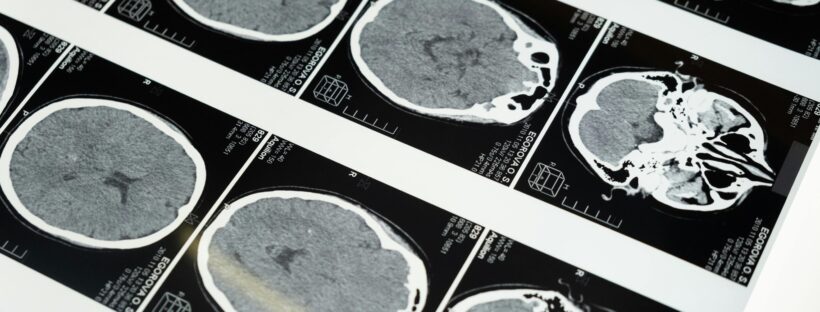Approving a major+ housing or commercial development isn’t just about ticking boxes — it’s like preparing a patient for surgery.
And just like in real healthcare, you don’t go straight to the operating theatre without tests. You start with a health check. You look for warning signs. You bring in the right specialists. You ask: Will this operation do more good than harm? And if there’s risk, you take action before it’s too late.
That’s exactly how Environmental Impact Assessment (EIA) should work.
In this analogy:
- 🏛️ EHDC is the GP, doing the initial assessment (screening)
- 🏗️ The proposed development is the patient, ready for major intervention
- 🩻 The EIA is the full diagnostic scan, to check for risks before cutting
- 👨⚕️ The consultees are medical specialists, brought in when symptoms suggest specific risks
🧑⚕️ Who Does What? — The Planning “Specialists” as Medical Consultants
| Planning Topic | Consultee | Medical Analogy (Before Surgery Role) |
|---|---|---|
| 🛣️ Strategic roads | National Highways | 🦴 Orthopaedic surgeon — checks the spine can bear the strain of the operation |
| 🚗 Local roads and access | Local Highways Authority | 💪 Musculoskeletal specialist — ensures mobility works day-to-day after the procedure |
| 🔥 Emergency access | Fire & Rescue Services | 🧠 Reflex specialist — ensures responses to danger are instant and pathways are clear |
| 👮 Crime prevention design | Designing Out Crime Officer | 🧬 Immunologist — prevents external threats from compromising recovery |
| 🚽 Wastewater infrastructure | Southern/Thames Water | 💩 Gastroenterologist — ensures waste can be processed without harmful backup |
| 🐾 Biodiversity / habitat loss | EHDC Ecologist / Wildlife Trust | 🌬️ Respiratory specialist — makes sure the system can breathe and self-regulate |
| 🛑 Flooding (rivers) | Environment Agency (EA) | 💧 Vascular surgeon — manages the body’s rivers and prevents internal flooding |
| 🌧️ Surface water / drainage | Lead Local Flood Authority (LLFA) | 🩺 Kidney specialist (nephrologist) — controls water retention and filtering |
| 🧱 Heritage / archaeology | Historic England | 🧠 Memory care specialist — preserves long-term memory and cultural identity |
| 🎓 School capacity | HCC Education | 🧒 Paediatric consultant — checks whether the body can support its growing parts |
| 🏥 GP and NHS pressure | NHS / ICB | 🏥 Capacity planner / hospital coordinator — ensures the care system won’t collapse |
💪 What Happens After the Diagnosis?
Once EHDC has done the screening, it decides whether to refer the “patient” (development) to relevant specialists. Each one:
- Runs tests (e.g. capacity modelling, heritage impact studies, ecological assessments)
- Provides a diagnosis (risk level, mitigation needed)
- Determines whether it’s safe to proceed with the “operation” (approval and construction)
If multiple risks are found, EHDC requires a full Environmental Impact Assessment — a detailed report of all impacts and treatments.
🏗️ The “Surgery” = Building the Development
Just like rushing into surgery without knowing a patient’s condition can cause serious harm, approving development without this process can:
- Overload GPs, schools, roads, and sewers
- Damage habitats or floodplains
- Trigger irreversible effects on heritage or biodiversity
With the EIA in place:
- ✅ Risks are known and mitigated
- ✅ Vital infrastructure gets upgraded or supported
- ✅ Monitoring is built into approval conditions
- ✅ The community stays protected
🧠 Why This Analogy Matters
People often ask: “Why all these reports?”
Because we’re about to perform major surgery on a living system — the landscape, infrastructure, and services of East Hampshire.
And when it comes to your community’s health, resilience, and safety — the best outcomes always start with a thorough check-up.
